Bachelor of Science in Kinesiology - Neuromechanics

学历文凭
Bachelor Degree

专业院系
Department of Kinesiology

开学时间

课程时长

课程学费

国际学生入学条件
IDP—雅思考试联合主办方

雅思考试总分
6.0
- 雅思总分:6
- 托福网考总分:71
- 托福笔试总分:525
- 其他语言考试:Duolingo English Test score of 120
CRICOS代码:
申请截止日期: 请与IDP联系 以获取详细信息。
课程简介
相关申请
 预科
预科 奖学金
奖学金 实习机会
实习机会 在校学习
在校学习 跨境学习
跨境学习 校园授课-线上开始
校园授课-线上开始 在线/远程学习
在线/远程学习
开学时间&学费
学费信息仅供参考,请与IDP联系以获取详细信息
| 开学时间 | 时长 | 学费 | 地点 |
|---|
学校排名

世界排名601
数据源:
泰晤士高等教育世界大学排名
本校相关课程
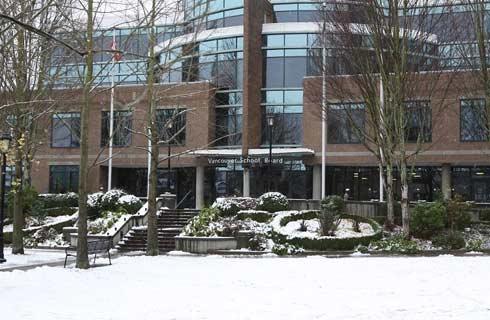
Doctor of Philosophy (Ph.D) in Engineering - Applied Physics Concentration
学历文凭
Ph.D.
开学日期
课程费用总额

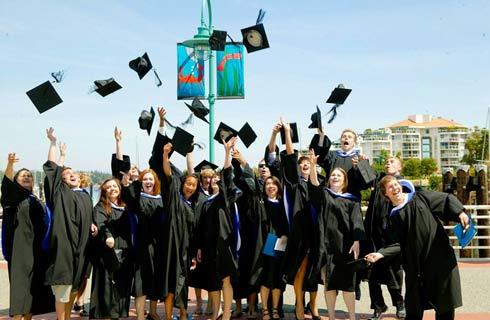
物理学理学硕士
学历文凭
Masters Degree
开学日期
课程费用总额

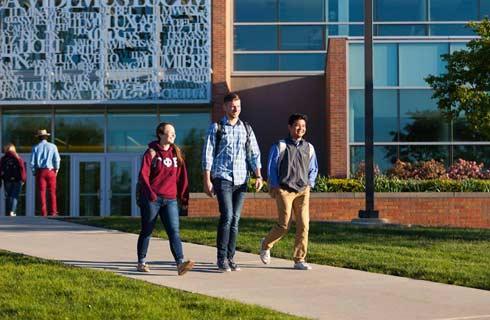
工业和系统工程哲学博士
学历文凭
Ph.D.
开学日期
课程费用总额

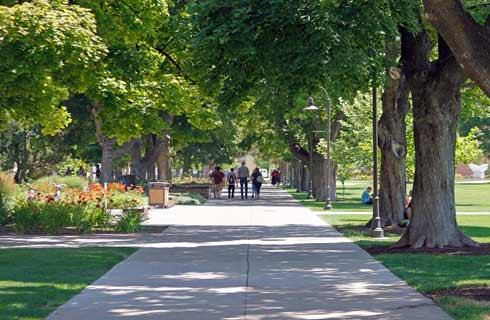
工业工程理学硕士
学历文凭
Masters Degree
开学日期
课程费用总额

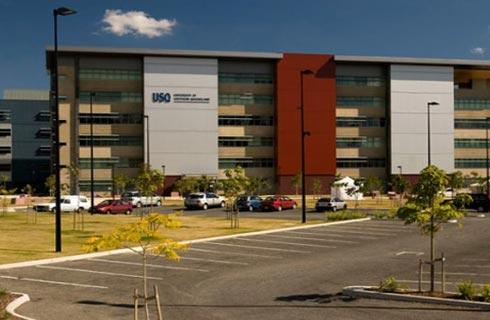
野生动物,渔业和水产养殖理学硕士
学历文凭
Masters Degree
开学日期
课程费用总额

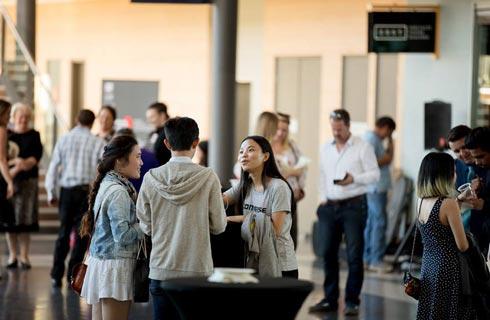
Doctor of Philosophy in Veterinary and Biomedical Sciences - Veterinary Medical Research [For students with a master's degree]
学历文凭
Ph.D.
开学日期
课程费用总额

其他相关课程
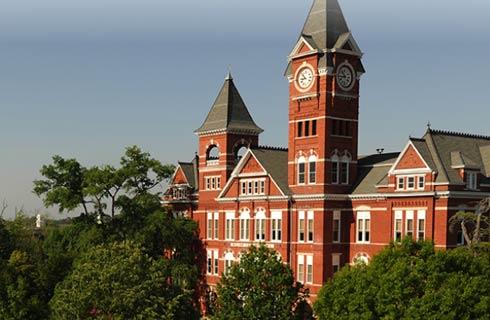
运动机能学博士-工作与健康
 滑铁卢大学
滑铁卢大学学历文凭
Ph.D.
开学日期
课程费用总额


运动与健身领导学士-运动与健康
 卡莫森学院
卡莫森学院学历文凭
Bachelor Degree
开学日期
课程费用总额

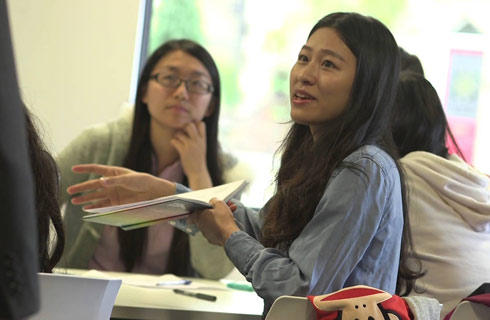
运动与健康大专文凭
 卡莫森学院
卡莫森学院学历文凭
Bachelor Degree
开学日期
课程费用总额


运动学理学学士
 布鲁克大学
布鲁克大学学历文凭
Bachelor Degree
开学日期
课程费用总额


运动与保健证书
 卡莫森学院
卡莫森学院学历文凭
Bachelor Degree
开学日期
课程费用总额


运动机能科学学士学位(荣誉学位)
 麦吉尔大学继续教育学院
麦吉尔大学继续教育学院学历文凭
Bachelor Degree with Honours
开学日期
课程费用总额




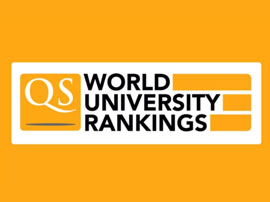
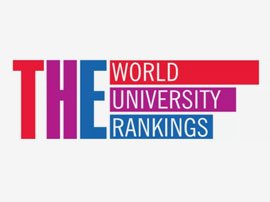




 美国
美国
